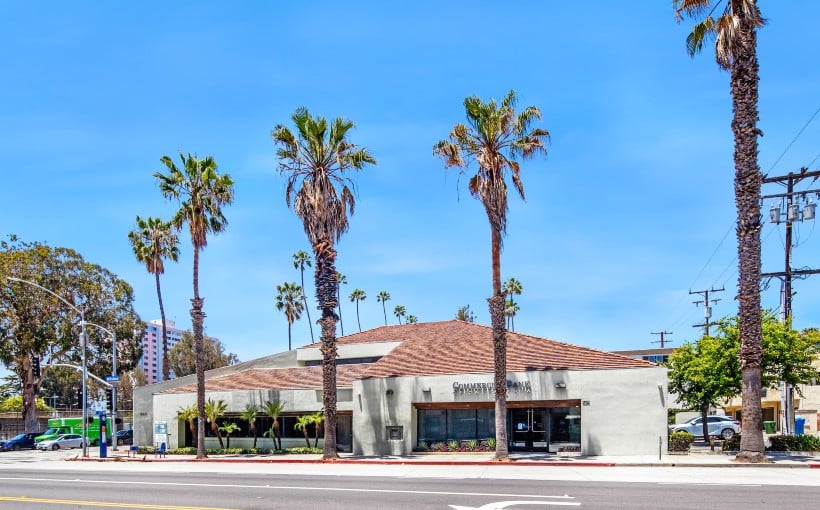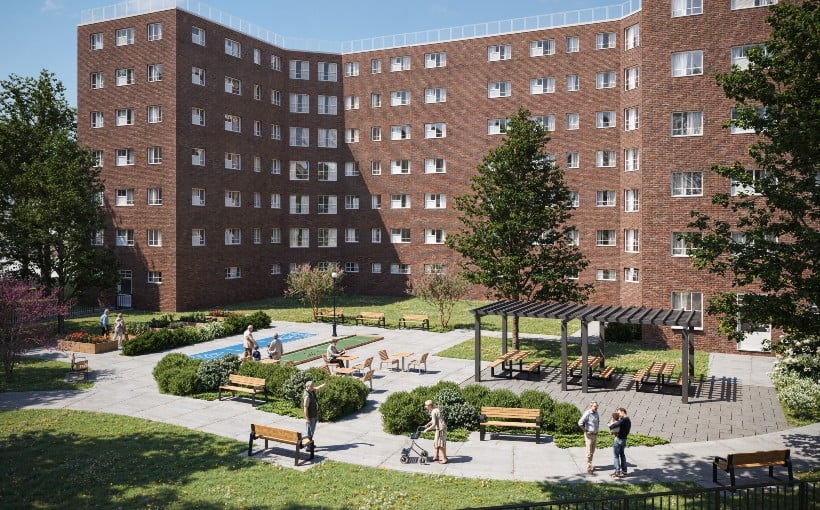Retailers had a strong holiday season, but Q4 of 2024 also saw an increase in bankruptcies and store closures. Despite this, reports show that there was still low absorption and vacancy rates below 5%, primarily due to the limited availability of usable space. According to Colliers U.S. Retail Market Statistics, both tenants and brokers identified the lack of quality space as a major challenge in the market.
Absorption Challenges
Three out of four reports indicated slow absorption rates due to the scarcity of available space mentioned above. Lee & Associates’ North American Market Report for Q4 2024 stated that tenants searching for high-quality spaces in affluent areas were struggling to find suitable options. CBRE’s U.S Retail report agreed with this assessment, reporting negative net absorption in 25 out of their tracked markets which contributed to the lowest annual demand since 2020.
However, Colliers analysts noted that while store closures did impact absorption numbers, they also provided much-needed supply for expanding retailers.
Construction Activity
All reports concurred on one thing: there is a shortage of new retail developments contributing significantly towards subdued absorption levels. According to Colliers analysts, new construction is at its lowest level in decades while CBRE added that developers have halted projects further exacerbating supply shortages within retail markets.
One reason behind this decline is rising costs associated with materials and labor as well as stricter lending standards making it difficult for developers “to make ground-up retail development deals pencil at today’s costs,” according Lee & Associates’ experts.
Looking Ahead To The Future
Consumer confidence remains high; however uncertainties surrounding tariffs could potentially impact consumer-facing industries according Cushman & Wakefield analysts who believe “high-performing brands will continue opening stores” throughout next year despite these concerns.
Despite anticipated store closures over the coming year ,the lack of available space may remain an issue going forward.Collier’s experts predict continued constraints on construction activity while Cushman & Wakefield analysts point to limitations on market expansion that are likely to persist.
Lee & Associates’ analysts anticipate this year’s conditions will support further rent increases for landlords while supply constraints are expected to continue in the foreseeable future.




